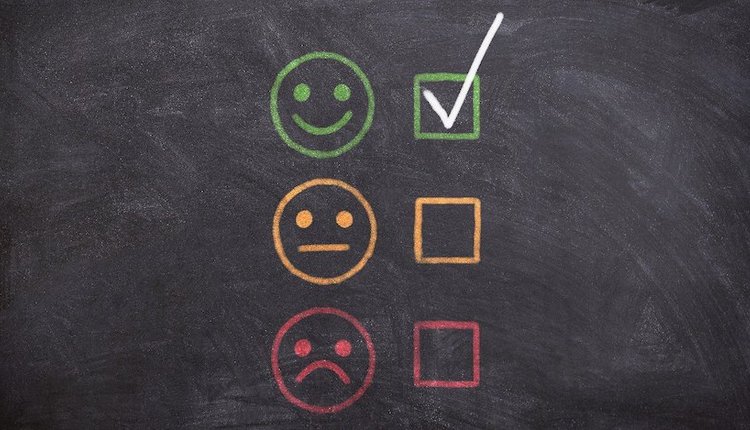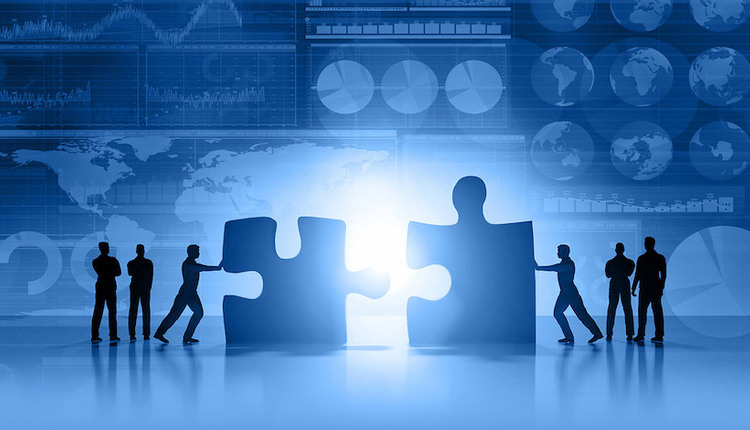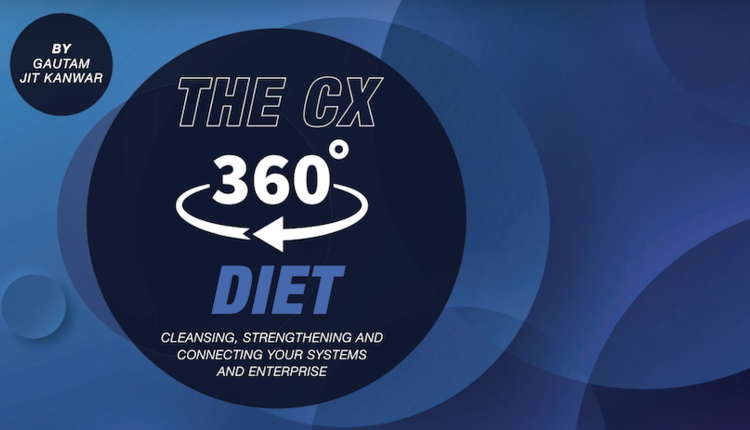
Today's customers expect relevant, personalized and timely communications when interacting with businesses. As we have seen over the past year (often painfully), the challenge in this is having the processes in place that provide the speed to market necessary for communicating efficiently with customers. Even given that most customer communications, such as letters, proposals, quotations, and other ad hoc documents, are initiated from various departments, it is the IT department that historically has controlled the content integration of these communications with mainstream fulfillment processes.
This process has the potential to be problematic for many reasons—from frustrated customers when customer service representatives (CSRs) don't have access to the most current customer documents to inconsistent use of corporate standards to the unnecessary use of expensive, and often slow, IT resources for the ongoing development and maintenance of user templates. And while IT is very good at implementing well-documented logic and business rules, they may not be the best source to oversee all the messaging. A poor customer experience can’t help but result when those closest to the customer, such as CSRs, are unable to immediately resolve issues, or business users can’t author and manage content as needed.
This situation has caused many organizations to look for more efficient ways to create and deliver communications that require the capturing of data from different customer touchpoints that occur in the customer journey. We have seen a move over the years from total dependency on IT to empowering business users to manage changing content separate from composition, both at master template level and (where applicable) at individual document level. This can be done with a customer communications management (CCM) platform that offers an integrated web portal with proper permissions and data security built in for business users. IT teams set up the initial document generation infrastructure with all the business rules and initial wording / messaging in the output and provide business users access to the portal. The web portal houses intelligent master templates that include rules and logic to support different business lines and many various permutations of the completed document. Training for this is minimal, as the templates will guide users through the completion process using pull-down selection lists and checkboxes, interview pages and context-sensitive help.
An excellent example of this process is one built recently for a health insurance company. The company has a business unit that caters to small business quotes and utilizes 30 brokers to gather information that is then overseen by an account administrator. The account administrator has the ownership of template (plan) level messages for all documents created by system, ensuring legal wording follows state regulations. Brokers have initial ownership of the actual document and need to connect with members to customize plans for new enrollment, finding out what they want to include in their plans.
One thing to note is that because healthcare is very heavily regulated. The template is also built configuring regulatory requirements and static assets that the organization does not want to be changed. There is intelligence built into the template so that if a question depends upon some other question, then the moment that question gets a no, the second part goes away. Once the questionnaire is done, there is a button to click for a proof. The moment "proof" is hit, the interactive website connects with the backend and calls the composition engine to create a PDF for a specific small business customer. The PDF proof is made and sent back to the website for approval. Rules are built in as to who is authorized to give final approval. Once the PDF is fully approved, it is sent for delivery via electronic or print fulfillment.
While all this might sound complicated, remember that the templates only have to be created once, which means the business only incurs the expense once. After that, business users don't have to bother IT when authoring content on a customer document. The form can be used repeatedly and may only need IT to provide alterations when rules-based changes need to be made to it. Like the healthcare example, these business user portals are ideal for companies that want to provide customer-facing employees with the flexibility and autonomy needed to view which situations need immediate action or new content and be able to execute it.
The benefits of implementing these business-user web portals are many. First, of course, is a reduction in cost that comes from less dependence on IT and the elimination of inefficient processes. Instead of using IT every time a document needs to be changed, business users can do it at much less cost and on-demand. Then, there is speed. Having the ability to change messaging or information on the fly reduces time to market, which is critical today. Since the templates have what I like to call “walled garden” regulation rules built-in, there is less chance of non-compliance with government-regulated content that can result in fines, business users are limited to a few changes and because the templates are rules-based, there is less chance of error.
Finally, and most importantly, the bottom-line benefit is the positive customer experience that stems from an organization's ability to meet customer needs with the responsiveness and personal approach that is expected today and fosters the loyalty needle to move in the right direction.















